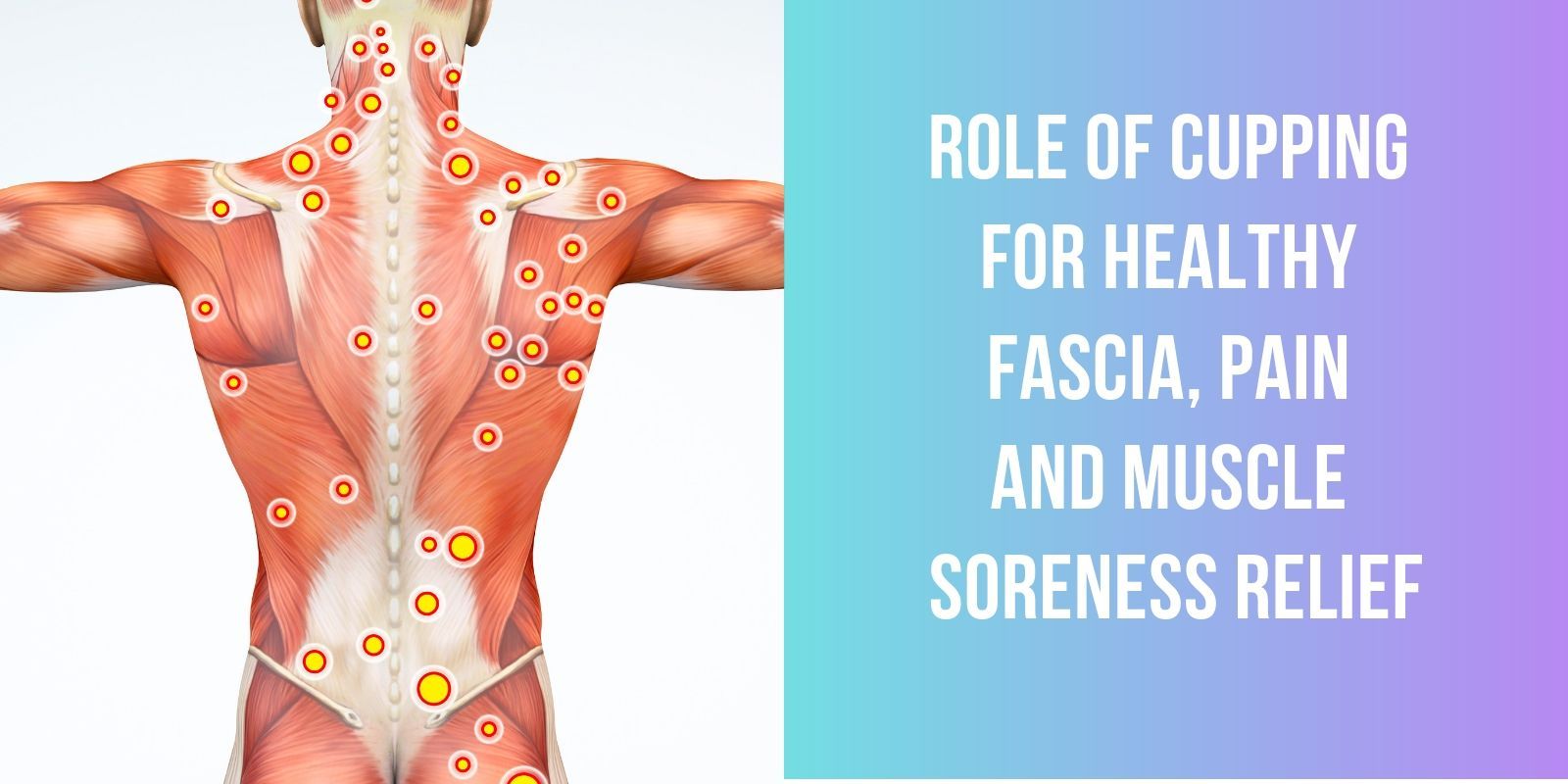
Have you ever dealt with a muscle strain or stretched ligament? What about aches and pains after a particularly restless night, or an old injury that flares up and causes chronic discomfort for days on end? It might not seem like that much of a big deal--moving the wrong way and getting a sharp jolt of pain--but soft-tissue injuries can often lead to a decline in mobility, which is a slippery slope to tumble down. These types of injuries tend to be difficult to rest, and therefore difficult to heal, leading to more pain and less movement as time goes on. However, there are ways to treat soft-tissue pain, and it’s a game-changer that can be done not only with minimal effort, but also in the comfort of your home.
Traditionally, a soft-tissue injury is dealt with as a short-term problem without fully understanding the long-term consequences that can crop up. Typical treatments? Rest, ice, compression, and elevation. Sounds simple, but even resting an injured area can’t fully protect you from everyday wear and tear, and most people don’t have a lot of downtime to spare; in an effort to feel ‘normal’ many will rush recovery, which can ultimately lead to more damage.
So where does that leave you? The best case scenario is stiffness, soreness, and days of discomfort. Worst case scenario? Chronic pain, and deeper tissue damage that isn’t as easily ignored.
It’s not that traditional methods aren’t effective--in most cases they’re simply not lifestyle friendly. It takes time to allow soft-tissue damage to heal, and it’s often not time people are eager to waste. If you lead even a marginally active lifestyle, spending days icing and warming muscle pain as it slowly heals isn’t necessarily practical. However, new research has emerged regarding the effectiveness of targeting damaged tissue and helping it actively heal. Even better news? It’s a healing treatment that works quickly and effectively, no matter how active you want to be.
The Role of the Fascia
The fascia is a major player in soft-tissue injuries and it’s a part of the body many people are not even aware of. This layer of connective tissue lies beneath the skin and over the muscles as a sort of flexible web, and it can often be the source of pain and discomfort. Fascia damage is common, and may stem from tears, knots, or ‘stuck’ areas, where the fascia adheres to the muscle underneath, causing pain. For hundreds of years, eastern medicine has utilized an extremely effective method for targeting the fascia, and recently that treatment has gotten new attention as more and more people are not only treating, but healing the fascia: cupping.
The best news is that this solution is not elusive, expensive, or time-consuming. Cupping is the ideal at-home treatment for targeting soft-tissue pain, and more and more experts are weighing in on why you should incorporate cupping therapy into your health and wellness routine. Modern-day treatments offer soft, flexible cups that are easily applied and greatly effective. Positioning these cups over areas of inflammation or damage allow you to pinpoint pain and pressure points and introduce healing elements. In the case of cupping for the fascia, the negative pressure from the cup lifts and stretches the tissue encouraging blood and lymph flow, also pulling fresh blood and nutrients to the inflamed or injured area, which in turn encourages quicker healing. Rather than just waiting for the damage to abate, cupping offers an active way to help your body heal from the inside out.
Is cupping difficult? Not at all! At home cupping systems are designed with self-use in mind, making them the ideal option for taking an active role in your health. While professional cupping solutions are equally effective, having the ability to improve pain and increase mobility on your terms and your schedule means that this is a solution you will be eager to use.
Cupping isn’t just for hardcore athletes or holistic healers -- it’s a time-honored technique that is gaining more and more traction as its benefits become more apparent in mainstream society. Whether your muscles are creaking at the end of the day or screaming after a hard workout, don’t let your pain rest...start healing it from the inside out.






